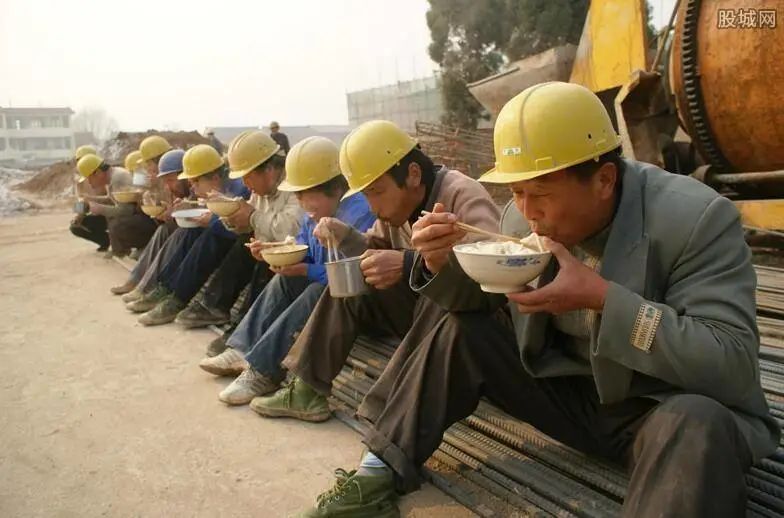In 2020, Suzhou City of Jiangsu Province will be selected as one of the first batch of national cultural relics protection and utilization demonstration zones
.
According to the creation requirements, Suzhou Municipal Bureau of culture, radio, culture and tourism took the lead in formulating the implementation plan for the establishment of national cultural relics protection and utilization demonstration zone of Suzhou cultural relics buildings in Jiangsu Province (hereinafter referred to as the plan)
.
Recently, the plan was deliberated and approved by the 124th executive meeting of the municipal government and submitted to the State Bureau of cultural relics for approval
.
According to the plan, the establishment of the national cultural relic protection and utilization demonstration zone of Suzhou cultural relic architecture in Jiangsu Province (hereinafter referred to as the “demonstration zone”) should adhere to the protection according to law, deepen reform, innovation and development, and benefit integration
.
Relying on Suzhou’s rich heritage resources, we will focus on contiguous, overall protection, classified activation and scientific utilization, expand and promote the advanced experience of the national heritage protection and utilization demonstration zone to Jiangnan ancient towns and other wider regions, lead the construction of the “Jiangnan culture” national cultural landmark and the identification system of the Chinese national spirit, and promote the “cultural people, cultural newspaper” The outstanding traditional cultural spirit of “building a city with culture, developing industry with culture” is to build a national cultural relics protection and utilization demonstration area with distinctive cultural characteristics, deep integration of cultural tourism and the unity of the two benefits
.
According to the plan, the demonstration area will be established from October 2020 to October 2023, with a total area of 19.2 square kilometers
.
The core area of the demonstration area includes the first city (the ancient city within the moat), the second line (Shantang line, Shangtang line), and three pieces (Huqiu piece, Xiyuan Liuyuan piece, and hanshanshansi piece)
.
The expansion area includes Zhangjiagang City, Kunshan City, Gusu District, Wuzhong District, and Wujiang district
.
The plan points out that the establishment of the demonstration area should first improve the management efficiency of cultural relic building resources, secondly innovate the activation and utilization mechanism of cultural relic buildings, and expand the social participation and cultural communication channels for the protection and utilization of cultural relic buildings
.
According to the plan, there are four key projects for the establishment of the demonstration area: one is the protection and utilization project of Suzhou classical gardens
.
It will further strengthen the protection of the world cultural heritage of Suzhou classical gardens, improve the protection system of the list of Suzhou classical gardens, improve the garden restoration, expand the open area of gardens, and focus on exploring the open utilization mode of “cultural people” leading the social spirit and aesthetic pursuit, and promoting the exchange of elegant cultural activities
.
The second is the protection and utilization of the former residences of celebrities
.
It will systematically investigate, protect and repair the former residences of ancient and modern celebrities in Suzhou, sort out the outstanding achievements of celebrities in moral, academic, governance, art and other aspects, summarize and refine the exhibition theme, explore new ways of utilization, tell local humanistic stories, and promote the family and country sentiment of “serving the country with literature” across time and space, combined with the needs of school, society, cadre education and training and other related space and activities I’m sorry
.
The third is the protection and utilization project of “building a city with culture”
.
Taking the opportunity of a new round of land and space planning, while actively promoting the revision of Suzhou historical and cultural city protection planning, the application for world heritage of ancient towns in Jiangnan, and the construction of National Cultural Park in Suzhou section of the Grand Canal cultural belt, we should coordinate the resources of the whole city, innovate and carry out the research on the spatial integration of all factor heritage resources and planning control system, and carry out the research on the material and cultural heritage in the demonstration area Industrial and natural heritage resources should be integrated into the protection exhibition space of red heritage, water conservancy heritage, agricultural heritage, industrial heritage and intangible cultural heritage
.
Comprehensive and targeted control requirements should be put forward for the heritage protection of urban space, ecological space and agricultural space, and integrated into “one map” for unified management, so as to achieve the systematic protection and inheritance of the land space and cultural heritage of Jiangnan Water township The goal of landscape characteristics is to inherit the human settlement wisdom of “building a city with culture”
.
We should further strengthen the protection and utilization of residential cultural relics, reasonably innovate repair technology and materials, realize research-based repair, gradual renewal and adaptive utilization, and create a harmonious landscape of ink painting in Jiangnan with modern cities
.
Fourth, the silk industrial heritage protection and utilization project of “developing industry through culture”
.
The ancient and modern silk industrial heritages in the area will be systematically investigated, including the material and intangible heritages in the whole process of mulberry field, silkworm house, cocoon line, silk reeling, brocade, sales, management, etc., so as to form the silk cultural heritage resource catalogue
.
According to different types of resource endowment, explore classified protection and utilization, uphold the concept of ecological protection, on the basis of maintaining the use function, excavate its cultural, technological and artistic value, integrate into agricultural tourism, industrial tourism, research and learning, cultural innovation and other new business forms, and continue the economic model of “developing industry through culture”
.
The plan emphasizes that the establishment of demonstration zone must strengthen organization and leadership, increase support, attach importance to personnel training, and strengthen publicity and guidance
.
(author: Su wenlv) editor: Yang Yapeng reviewed by: Feng Zhaohui reviewed by: Cui Bo.
.


